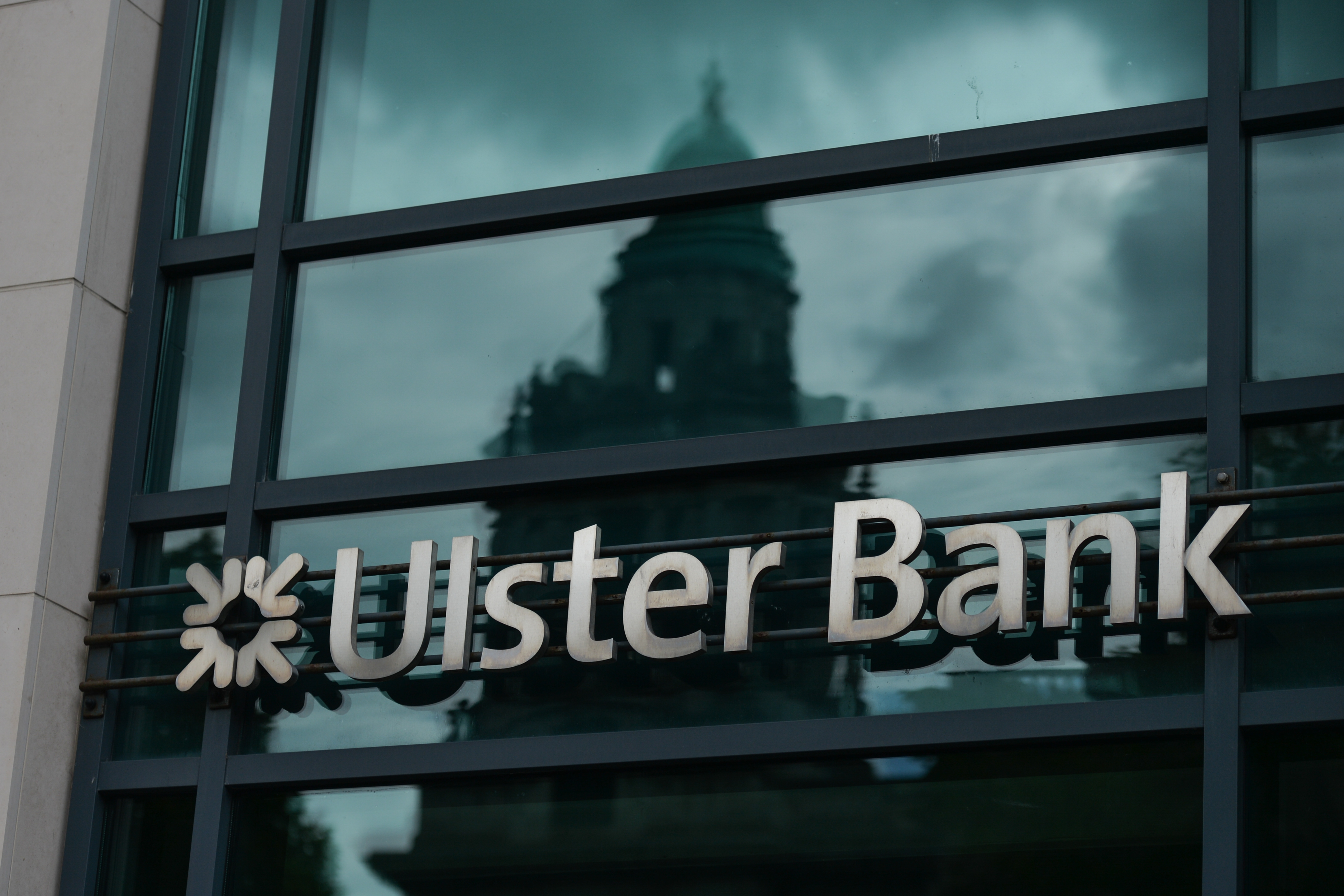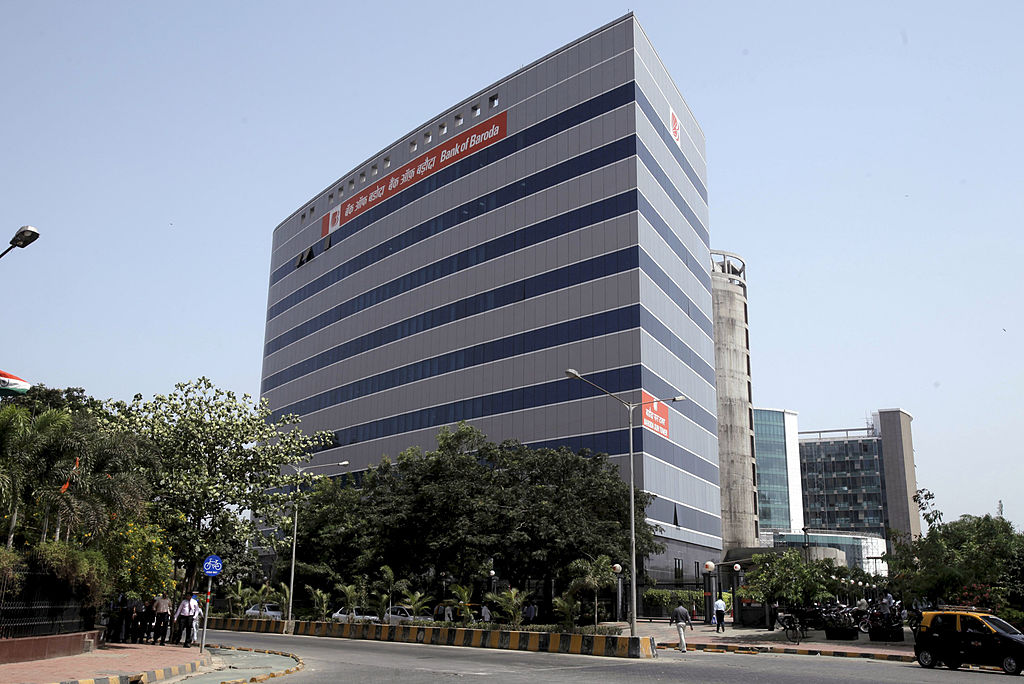How much tax will you pay from April 2023?
The Chancellor announced a series of tax changes and allowance freezes in his Autumn and Spring budget. We break down what these mean for you ahead of the new tax year.


A series of allowance freezes and tax increases were announced by chancellor Jeremy Hunt back in November as part of his Autumn Budget.
In his Spring Budget, the chancellor announced several further changes as the country struggles with the rising cost of living amid rampant inflation.
We have broken down the entire Spring Budget and what it means for your finances – but more specifically, what does it mean for your taxes?
MoneyWeek
Subscribe to MoneyWeek today and get your first six magazine issues absolutely FREE

Sign up to Money Morning
Don't miss the latest investment and personal finances news, market analysis, plus money-saving tips with our free twice-daily newsletter
Don't miss the latest investment and personal finances news, market analysis, plus money-saving tips with our free twice-daily newsletter
We take a look at the changes below ahead of the new tax year starting April 2023.
ISA savings allowance remains frozen
There will be no inflation-linked increase for the annual ISA tax-free savings allowance. It will remain frozen at £20,000 for the 2023/2024 tax year.
The limit has been frozen since 2017. If it had been increased along with inflation it would have risen to just over £22,000 for the next tax year.
Investors looking to protect their income from the taxman might want to look into a Bed and ISA to make sure they’re making the most out of their investments.
There is some good news however – the rates on the best easy access and notice ISAs are at their highest since 2009.
Corporation tax – how much will you pay?
Business owners are facing a steep increase in tax. From April it will go up from 19% to 25% for companies with over £250,000 in profits.
But in his Budget Hunt also announced a new scheme that will allow businesses to deduct money invested in equipment from taxable profits.
Hunt added only 10% of businesses would pay the full rate and estimated the equipment expensing policy was equivalent to a corporation tax cut worth £9bn a year.
Income tax – how much will you pay?
In a bid to get more from those who earn more, Hunt lowered the threshold at which the 45% tax rate kicks in. The 45% rate of income tax previously applied to anything earned over £150,000. From April, the 45% tax will be charged on anything over £125,140. This will remain the case until 2028.
The 20% income tax rate, paid on anything earned over £12,570, and the 40% income tax rate, which kicks in at £50,270, will also be frozen for the next six years.
Here’s what you can expect to pay from April 2023 if you earn over £150,000.
| Salary | Tax now | Tax from April 2023 | Difference | Percentage increase in tax |
| £150,000 | £52,460 | £53,702 | £1,243 | 2.3% |
| £145,000 | £50,460 | £51,452 | £993 | 1.9% |
| £140,000 | £48,460 | £49,202 | £743 | 1.5% |
| £135,000 | £46,460 | £46,952 | £493 | 1.0% |
| £130,000 | £44,460 | £44,702 | £243 | 0.5% |
Source: AJ Bell
In September “the wealthiest were celebrating the abolishment of the additional rate of tax, they are now being forced to share in the pain of tax hikes, with the threshold at which that 45% rate kicks in being lowered from £150,000 to £125,140. The move will cost someone on £150,000 almost £1,250 a year extra in tax – putting an extra 2% on their total tax bill,” Laura Suter, head of personal finance at AJ Bell, said.
“The reason the government plumped for the strange figure of £125,140 rather than just a straight £125,000 is so that the tax threshold aligns with the personal allowance taper, whereby anyone earning more than £100,000 starts to lose their tax-free allowance. By £125,140 the entire personal allowance is lost,” she adds.
Capital gains tax
Capital gains tax is tax paid when you sell something that has increased in value such as shares and property. The threshold at which you start paying capital gains tax has been cut, meaning you keep less of your gains and more to the tax man.
For the 2023 to 2024 tax year investors will have to pay capital gains tax on anything over £6,000 – over half the current £12,300 threshold. This will decrease again in the following tax year, April 2024, to £3,000.
The move will mean that investors will pay an extra £25m in tax from next year and another £275m the year after.
For a basic tax rate payer with gains over the current tax-free limit this means an additional cost of £630 from next year, while an additional rate payer will be paying £1,260 more in tax.
This is an extra £930 for a basic-rate taxpayer the year after, or £1,860 for a higher-rate payer.
If you’re selling a property that is not your main residence, the change means in 2024, a higher-rate taxpayer would face an extra £2,604 a year in tax for selling a second home and a basic-rate payer would pay £1,134 more in tax.
“Anyone who hasn’t used their current capital gains tax allowance could consider cashing in gains before the tax-year end in April. Anyone with ISA allowance remaining this year can use a process called Bed-and-ISA to sell investments up to the maximum gain of £12,300 and rebuy them within their ISA. This means they will be protected from Capital Gains Tax in future years,” Suter said.
How much extra CGT will you pay?
| Tax level | Additional tax in 2023 | Additional tax in 2024 |
| Basic rate - 10% | £630 | £930 |
| Basic rate (property) - 18% | £1,134 | £1,674 |
| Higher rate - 20% | £1,260 | £1,860 |
| High rate (property) - 28% | £1,764 | £2,604 |
Source: AJ Bell. (Figures assume your gains are higher than the current tax-free allowance of £12,300)
Dividend tax
The tax free allowance for dividend allowances has also been cut, again meaning more for the tax man and less for you.
Currently it’s £2,000 - meaning you pay no tax on your dividends under that amount. From April 2023 however, it will fall to £1,000 and then from April 2024, it is £500.
Currently, if you earn £5,000 a year from dividends you’d have to pay tax of £1,181. From April 2023 that figure will rise to £1,574.
According to AJ Bell, someone with a portfolio of £20,000 that yields 5% a year will hit the lower tax-free allowance of £1,000 from April next year, while someone with a portfolio of £10,000 that yields 5% a year will hit the tax-free allowance of £500 from 2024.
To shield your income from the tax man, moving it to an ISA or pension may make sense; if you do, move your investment that pay the highest dividends first to maximise what you keep.
Dividend tax changes – additional tax
| Taxpayer | Basic rate | Higher rate | Additional rate |
| Additional tax between 2022/23 and 2023/24 | £88 | £338 | £394 |
| Additional tax between 2022/23 and 2024/25 | £131 | £506 | £590 |
Source: AJ Bell. Calculations assume annual dividends of £2,000 or more.
Get the latest financial news, insights and expert analysis from our award-winning MoneyWeek team, to help you understand what really matters when it comes to your finances.
Nic studied for a BA in journalism at Cardiff University, and has an MA in magazine journalism from City University. She has previously worked for MoneyWeek.
-
 ‘Why I have ditched my Help to Buy ISA for cash savings and the stock market’
‘Why I have ditched my Help to Buy ISA for cash savings and the stock market’Without the 25% bonus, my Help to Buy ISA is effectively redundant, says MoneyWeek writer Sam Walker.
-
 Is your inheritance tax allowance cut if you sell to downsize or sell your home to pay for care?
Is your inheritance tax allowance cut if you sell to downsize or sell your home to pay for care?Downsizing relief is a little-known benefit that could save your loved ones tens of thousands of pounds in inheritance tax after you’ve died.
-
 Act now to bag NatWest-owned Ulster Bank's 5.2% easy access savings account
Act now to bag NatWest-owned Ulster Bank's 5.2% easy access savings accountUlster Bank is offering savers the chance to earn 5.2% on their cash savings, but you need to act fast as easy access rates are falling. We have all the details
-
 Moneybox raises market-leading cash ISA to 5%
Moneybox raises market-leading cash ISA to 5%Savings and investing app MoneyBox has boosted the rate on its cash ISA again, hiking it from 4.75% to 5% making it one of top rates. We have all the details.
-
 October NS&I Premium Bonds winners - check now to see what you won
October NS&I Premium Bonds winners - check now to see what you wonNS&I Premium Bonds holders can check now to see if they have won a prize this month. We explain how to check your premium bonds
-
 The best packaged bank accounts
The best packaged bank accountsAdvice Packaged bank accounts can offer great value with useful additional perks – but get it wrong and you could be out of pocket
-
 Bank of Baroda closes doors to UK retail banking
Bank of Baroda closes doors to UK retail bankingAfter almost 70 years of operating in the UK, one of India’s largest bank is shutting up shop in the UK retail banking market. We explain everything you need to know if you have savings or a current account with Bank of Baroda
-
 How to earn cashback on spending
How to earn cashback on spendingFrom credit cards and current accounts to cashback websites, there are plenty of ways to earn cashback on the money you spend
-
 John Lewis mulls buy now, pay later scheme
John Lewis mulls buy now, pay later schemeThe CEO of John Lewis has said the retailer will consider introducing buy now, pay later initiatives for lower-priced items.
-
 State pension triple lock at risk as cost balloons
State pension triple lock at risk as cost balloonsThe cost of the state pension triple lock could be far higher than expected due to record wage growth. Will the government keep the policy in place in 2024?
